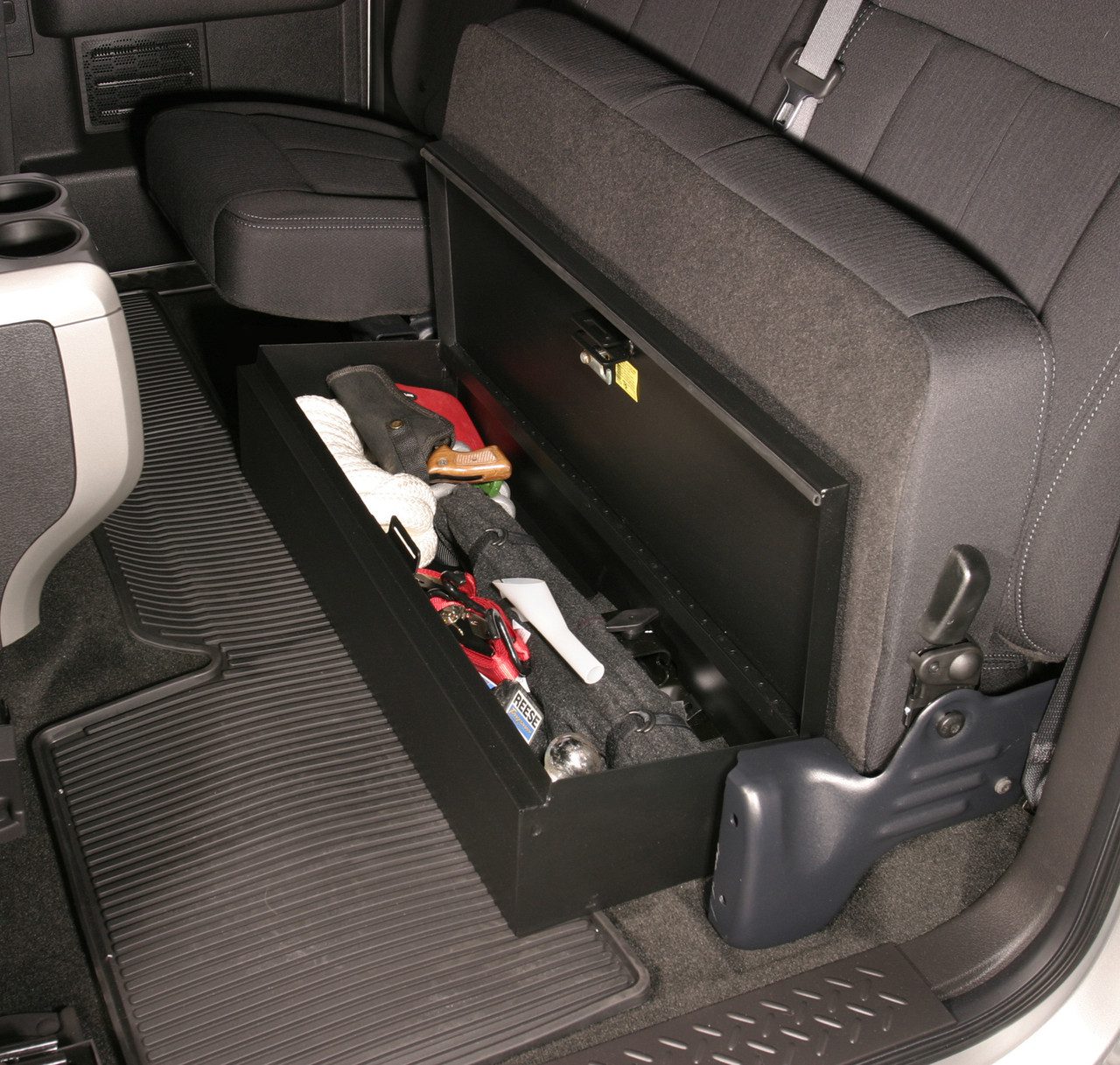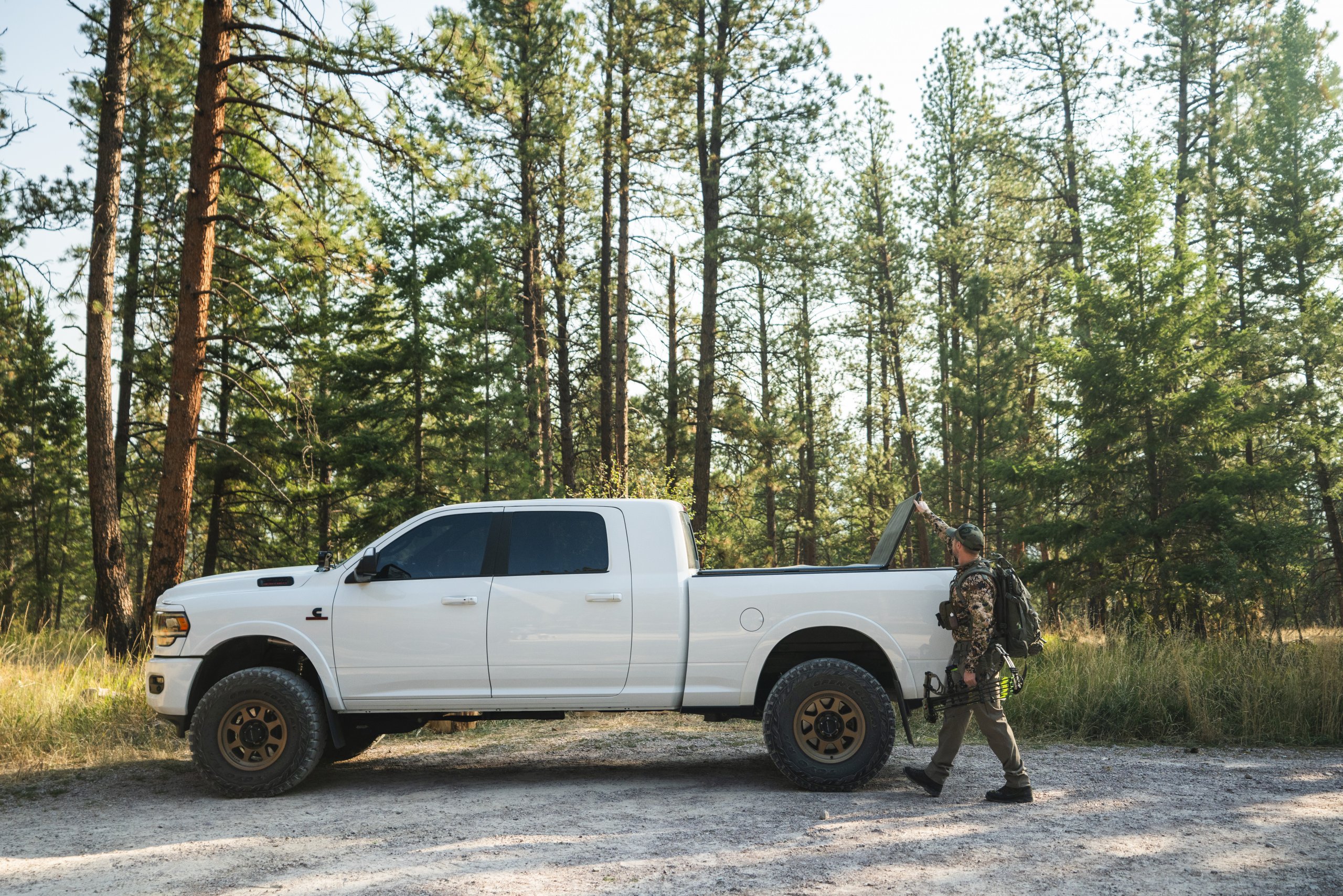

8 National Parks to Visit in Winter
If you’re considering a national park trip in the winter, there are several options. From snow-filled mountains to icy valleys, there are parks to choose from. Here are eight of them that you might want to consider visiting this season.
1. Death Valley National Park
There are many things to do and see in Death Valley National Park. This is one of the national parks that are open all year. You can go camping or hiking to explore this desert oasis.
One of the best things to do in Death Valley is to hike in the mountains and sand dunes. There are several trails to choose from. For the more adventurous, there are off-road vehicles that you can use.
Another great activity is to visit the Badwater Basin. It is the lowest point in North America and in the Northern Hemisphere. The area is also a popular photography spot.


Another thing to do in Death Valley is to see the sunset. Zabriskie Point is one of the best places to watch the sun set. A short walk from the parking lot will get you there.
If you are visiting the park during the winter, you will have a chance to see snow at higher elevations. Also, the winter is a good time to see wildflowers.
While there are a few things to do in the park, you should try to stay hydrated. The average temperature in the summer ranges from 100 to 120 degrees Fahrenheit.
2. Mount Rainier National Park
Mount Rainier National Park is one of the most popular national parks in the Pacific Northwest. This popular destination attracts more than two and a half million visitors each year. Its lush forests, beautiful floral meadows and stunning waterfalls make it a great place to visit in the summer or winter.
Mount Rainier is located in Washington state. It has several historical sites that provide meaningful information on the history of the park.
The park is open year-round. There are multiple entry points. However, during the snowy season, only the Nisqually and Carbon River entrances are available. During this time, it is best to plan your trip early.
Mount Rainier is a popular destination for bicycling enthusiasts. Various national park roads lead to the mountain’s top. Some of these routes are more strenuous than others. If you decide to explore this park on your own, you’ll need to pack extra clothing, warm gear, and food.
Visiting Mount Rainier in winter is possible, but the snowfall may be unpredictable. A variety of hazards include avalanches, crevasses, and freezing temperatures. To avoid injury, visitors should be prepared with a comprehensive knowledge of hiking and climbing techniques.
3. Bryce Canyon National Park
If you have ever been to Bryce Canyon National Park, you probably know how amazing it is. These natural rock formations are a kaleidoscope of colors. And, you’ll get to see them in their full glory during the winter.
In the winter, you’ll find that the park is less crowded and that the landscape is even more spectacular. Whether you’re hiking or snowshoeing, you can take in some of the best views in the country.


While you’re there, consider checking out one of the many other nearby national parks. Utah is home to five of them. You can ski in Mount Rainier and explore the great outdoors in Zion and Bryce.
The National Park Service has a free shuttle that runs throughout the park. Although they’re not mandatory, park officials hope that more visitors will take advantage of the service.
It’s not uncommon for Bryce Canyon to have some snow during the winter months. However, it’s still possible to visit the park in February or March. Most of the time, you’ll be able to drive to the entrance and enjoy the park.
4. Yosemite National Park
If you’re looking for a winter vacation with snow, then you should consider visiting Yosemite National Park. You can enjoy skiing, hiking, stargazing, and snowmobiling in the park, and you can take advantage of the quieter and fewer crowds of the season.
While snow is beautiful in Yosemite, it’s also cold. Temperatures average between 30 and 45 degrees in the Valley, and can be much lower near the higher elevations. Snow covers the valley floor, but it’s rare for it to snow in the higher elevations.
The winter is best for photographers. There are fewer crowds and less light pollution. In addition, it’s easy to find parking and trailheads.
In the winter, you can see one of the world’s largest waterfalls, Yosemite Falls. The falls are usually flowing well, but there may be ice around the water. To view the fall, you’ll want to be there at least two hours before it’s due to start.
If you’re looking for a way to get around the area, you can take a guided tour. These tours include transportation and meals. They are a great option for adding Yosemite to your trip, especially if you’re already in California.
5. Denali National Park
Denali National Park is home to the tallest mountain in North America. The park offers a variety of activities, including hiking, skiing, rafting, and dog sledding. Depending on the time of year, you may also be able to see the aurora borealis.
One of the best ways to experience Denali is to take a narrated bus tour of the park. During this four-day event, you can visit interesting spots and see the park’s wildlife. You can also opt to take a transit bus, which is a hop-on, hop-off bus that will drop you off at a point along the route.


If you’d rather have the freedom to explore the park on your own, you can purchase a backcountry permit. This will allow you to leave the park’s designated trails and use the shuttle bus to return.
In addition to the bus tours, Denali National Park offers many other outdoor activities. There are dog sledding, hiking, skiing, and snowboarding opportunities. Guests can also enjoy ziplining, rafting, and wilderness exploration.
Those looking for adventure can also try biking and snowshoeing. Bike camping is also growing in popularity in the park.
6. Rocky Mountain National Park
If you’re planning a trip to Rocky Mountain National Park in the winter, it’s important to be prepared. The park offers plenty of winter adventure, including snowshoeing, cross country skiing, and backpacking. You’ll also be able to see many of the area’s wildlife.
Getting ready for your visit involves a few basic steps. For example, check road closures before you leave. Remember to bring waterproof clothing and warm layers. Also, be sure to use sunscreen on your face and skin. Wear sunglasses to protect your eyes from the glare.
Before you head out to explore, be sure to pick up a permit. If you plan to hike, you’ll need to get a Park Access + permit. It’s valid from 9 am to 3 pm.
You can also sign up for one of the Rocky Mountain Conservancy’s winter bus tours. These trips will take you along the Bear Lake corridor to experience the park’s wildlife. In addition, you can enjoy breathtaking views of the snow-covered peaks.
When visiting in the winter, you’ll find that the park is quieter and less crowded. But, you may encounter some weather problems. To avoid being stuck on the road, arrive early in the day.
7. Acadia National Park
Acadia National Park is a must-see destination for nature lovers. There are a number of activities that can be enjoyed, from hiking to cross-country skiing. This park is also popular for its breathtaking coastal views. Aside from this, the park is home to over 1,100 species of plants and over forty different mammals.


The park has a lot of history, with some of the early park infrastructure being built by John D. Rockefeller Jr. During the winter months, you can enjoy skiing and dog sledding.
Carriage trails are another popular attraction. These roads are a great way to explore the park, as they feature broken stone roads and sweeping views of the landscape. They are also perfect for cross-country skiing and snowshoeing.
You can access the Park Loop Road, a 27-mile loop that traces the shoreline of the park. This road connects various lakes and mountains. It can be explored on foot, by bicycle or by the Island Explorer shuttle bus. On December 1, the road closes for the season. However, a two-mile section of the road is open all year long.
8. Shenandoah National Park
Shenandoah National Park is a popular destination for locals and tourists alike. Located in the Blue Ridge Mountains of Virginia, the park has a variety of attractions and is a short drive from Washington DC.
Visitors can enjoy hiking, fishing, and wildlife viewing. The park has a variety of trails to suit all skill levels. Some of the best places to look for wildlife are in the Big Meadows Area.
While it is open year-round, the park is closed in the winter. During the winter, visitors should wear warm clothing, as the climate can change rapidly. Also, driving conditions can be unpredictable. It is a good idea to carry extra water and food for your trip.
There are four main entrances to Shenandoah National Park. These are located near Front Royal, Sperryville, Rockfish Gap, and Thornton Gap. Depending on your plan, you may want to consider driving Skyline Drive. This scenic road runs through the park and is 105 miles long.
Shenandoah National Park is also famous for its fall foliage. Throughout the fall, the foliage explodes into a stunning array of colors.














